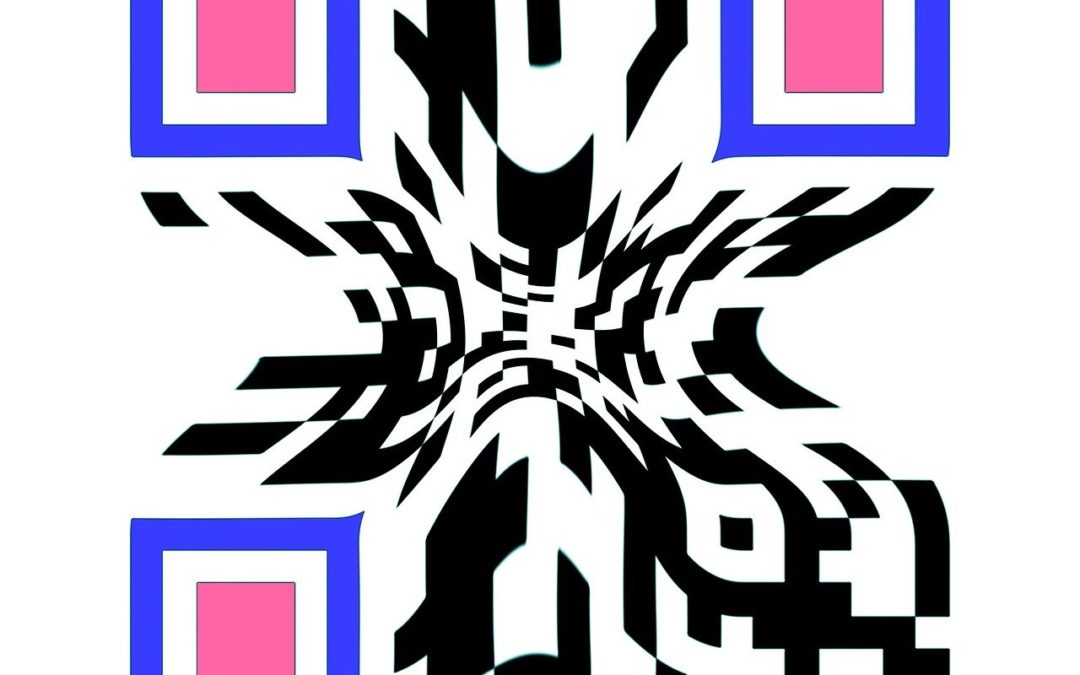Executive summary
Packaging has always been important and yet sorely underused by most companies for communications. But this cannot continue, since it is now a digital touchpoint.
With QR code packaging, a shopper can scan and get the answers they need in seconds, which raises trust and leads to repeat purchases. By 2027, retailers will scan 2D codes alongside today’s barcodes, and Digital Product Passports will surface verified facts about origin, ingredients, dates, and impact. For mid-sized CPG brands, the pack becomes the product page. When the first screen answers what it is, where it is from, how to use and store it, and why it is safe for me, the path to the second purchase gets shorter. This article shows seven practical ways to design that scan for loyalty and fair price power.
The Current Situation, Sunrise 2027 and DPP
A global transition known as Sunrise 2027 is underway, which sets a clear ambition for retail points of sale to accept 2D codes as easily as the familiar UPC and EAN. The shift is already visible in market pilots, and large grocers are testing GS1 powered QR codes on live products, so shoppers and staff can experience what richer data feels like in practice. This is not a future trend, it is a present operating reality that will reach scale by the end of 2027. (Source, GS1)
In parallel, the European Union’s Ecodesign for Sustainable Products Regulation introduces Digital Product Passports, a structured way to surface origin, materials, durability, and environmental information across a product’s life. Early product groups are moving, more will follow through delegated acts, and even where a category is not yet mandated the expectation that products carry verifiable data has been set. (Source, European Commission)
1) QR code packaging answers five shopper questions in ten seconds
When people read labels they reach for practical, safety relevant information, which means your first screen after a scan should resolve those needs quickly. The strongest opening answers five things, date clarity, ingredients, health claims, allergens, and where it comes from, written in plain language and tied to the actual batch in hand rather than a generic brand brochure. If you remove doubt fast, you lower cognitive load, and you make the second purchase easier. Recent research confirms the behaviour, label reading is widespread, and the first items checked are exactly the ones your proof page should surface. (Source, NSF)
Confusion about date labels still drives unnecessary waste, which creates frustration and cost. A clear explanation of what your dates mean, and how to store and use the product, helps people act with confidence, and it reduces complaints later. Treat this as service, not copy, and you will see the tone of reviews and care contacts shift. (Source, ReFED)
Why this matters for repeat purchases
This is why QR code packaging is now the fastest way to resolve purchase doubts, shorten the decision, and win repeat purchases.
2) Show batch level proof with GS1 QR codes that people can verify
Think of the scan as a small performance that earns trust in ten seconds. Start with origin in words a shopper would use, follow with safety and suitability, for example allergens, handling, and certifications, then show impact in a way that relates to this item. Make each statement resolve to something concrete, batch or lot numbers, pack and use by dates, audit and lab events, certificate IDs that click through, and a small map that shows where key steps happened. If you use video, record it where the work happens, keep it to half a minute, and let the image do the explaining. The tone should feel like a helpful store conversation, you are answering questions, not pitching. Keep the detail behind expanders so the first screen stays quick. (Source, GS1)
3) Placement and dual marking for Sunrise 2027, so shoppers actually scan
During the transition, most packs will carry both the linear barcode and a 2D code. This is normal, and it keeps the ecosystem working while tills and workflows catch up. Treat placement as a design decision, not an afterthought, keep the 2D symbol close to the current UPC or EAN, avoid edges and crimp areas, and leave clean quiet zones so both symbols scan reliably. If you do only one thing in layout, make sure shoppers can see the code without moving a finger or turning a flap. When you publish the scan experience on e-commerce, mirror the same proof elements in the second image so the promise matches what appears on the phone. (Source, GS1)
A simple figure helps here. In one panel show a linear code that identifies the item at checkout, in the next show a 2D code that adds answers people actually want, origin, allergens, dates, batch, and disposal guidance. That contrast teaches in a second, and it keeps the conversation consumer first rather than technical.
4) Fast, human QR code landing pages that convert repeat purchases
Speed is part of trust. Host a lightweight page that loads quickly on weak networks, keep heavy assets below the fold, and trim any sentence that does not help a shopper decide. Replace adjectives with numbers, replace slogans with artefacts. A small map that shows key origins, a dated audit reference that resolves, and a certificate number that links out, these are more convincing than long prose. If a sentence would sound strange when spoken in a store, it does not belong on the first screen. Add one respectful nudge to act, add to list, set a reminder, or learn how to store it to reduce waste.
5) Choose your first SKUs wisely
Do not start everywhere, start where the scan will matter most. Pick a product with clear consumer anxiety or high information value, for example free from snacks, infant products, ready to drink, or dairy where people care about farm practices. Choose items with packaging space or a scheduled redesign so you avoid a special run. If you are already printing any secondary codes, a move to a single GS1 compliant 2D symbol can free space and reduce clutter. If a retailer partner is ready to test in a region or a store format, lean into that partnership, because in store learning is faster than deck based debate.
To strengthen perceived fairness, link the proof you lead with to what the segment values. Swiss research shows that when animal welfare signals are credible, shoppers in certain categories will pay more, not because a brand says so, but because the proof matches a value they hold. That does not promise a premium in every aisle, it does show how verified information can support fairness. (Source, ETH Zurich Research Collection)
6) People and systems that make the first scan work
Strong scan experiences come from teams that share ownership. Legal ensures that every claim is supported by third parties or internal controls, quality focuses the content on the checks that matter, marketing keeps the language human and the page usable on a small screen, and IT supports uptime and speed so pages load on weak networks. Make the handoffs explicit, who owns origin data, who posts audit dates, who updates the page when a supplier changes, who checks links, and who closes the loop when shoppers flag an issue. Sunrise 2027 also means a systems change at checkout, so coordinate packaging timelines with POS, e-commerce, and customer care calendars, which avoids clever pages connected to nowhere.
7) Measure QR code packaging with four signals that predict repeat
You do not need a large analytics build to learn quickly. Follow four signals that any manager can review each week. Track scan rate per thousand packs, and the time to the first three answers on the page. Track repeat purchases in pilot stores versus matched controls, with attach rate where it is relevant. Read the words people use in complaints and reviews, since the language reveals whether clarity is improving. If you test price changes where proof is visible, watch perceived fairness. If scans are high but time is short, your first screen is not answering the right questions. If scans are low, improve code placement and shelf communication before changing the page. Used this way, QR code packaging becomes a clean predictor of second purchase, not just a novelty scan.
What to do next
If the pack is now a product page, design those first ten seconds like you design your best landing pages, fast answers, real proof, and a respectful nudge to act, for example add to list or set a reminder. Keep the focus narrow, one SKU and one chain, because clarity beats scale at the start. Watch the four signals that any manager can review each week, scan rate per thousand packs, time to the first three answers, repeat purchases in pilot stores, and the language of complaints and reviews. If you want a simple worksheet that aligns company, consumer, brand promise, and processes before you brief a designer, complete the QC2 Evaluator assessment that I use with mid-sized CPG teams.
Secondary keywords
QR codes on packaging, GS1 QR code, Sunrise 2027, Digital Product Passport, 2D barcode, smart packaging, packaging as product page, batch traceability, CPG transparency
Meta title
QR Code Packaging, 7 Ways to Win Trust and Repeat
Meta description
Turn packs into product pages. See 7 ways QR code packaging builds trust, answers safety questions, and drives repeat purchases in CPG before 2027.
If you want a simple worksheet that aligns company, consumer, brand promise, and processes before you brief a designer, complete then QC2 Evaluator assessment that I use with mid-sized CPG teams.
![]()

